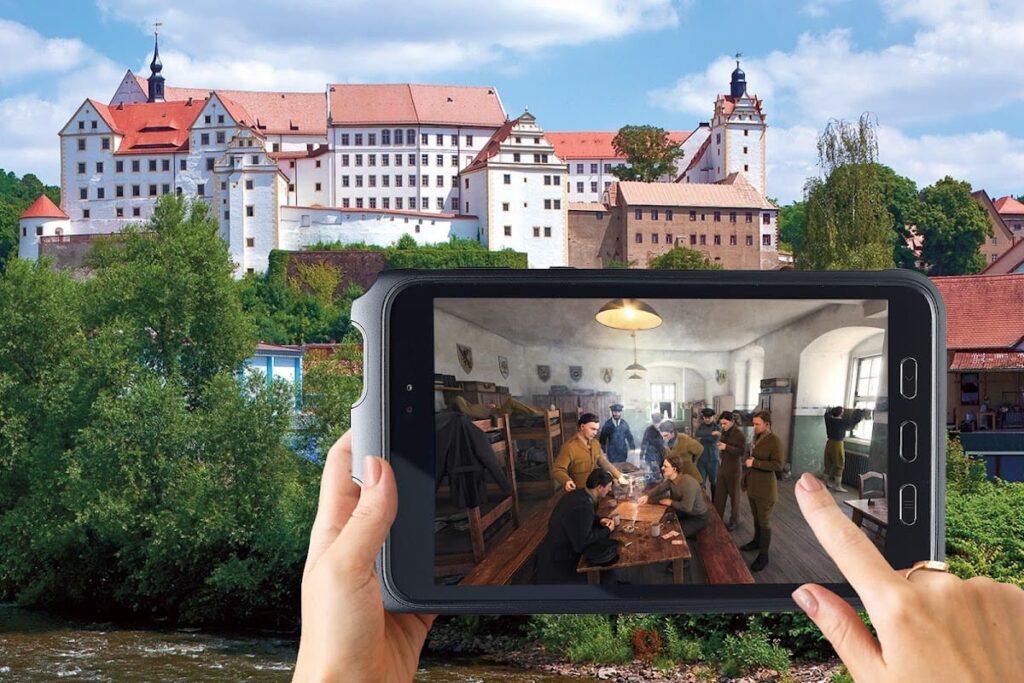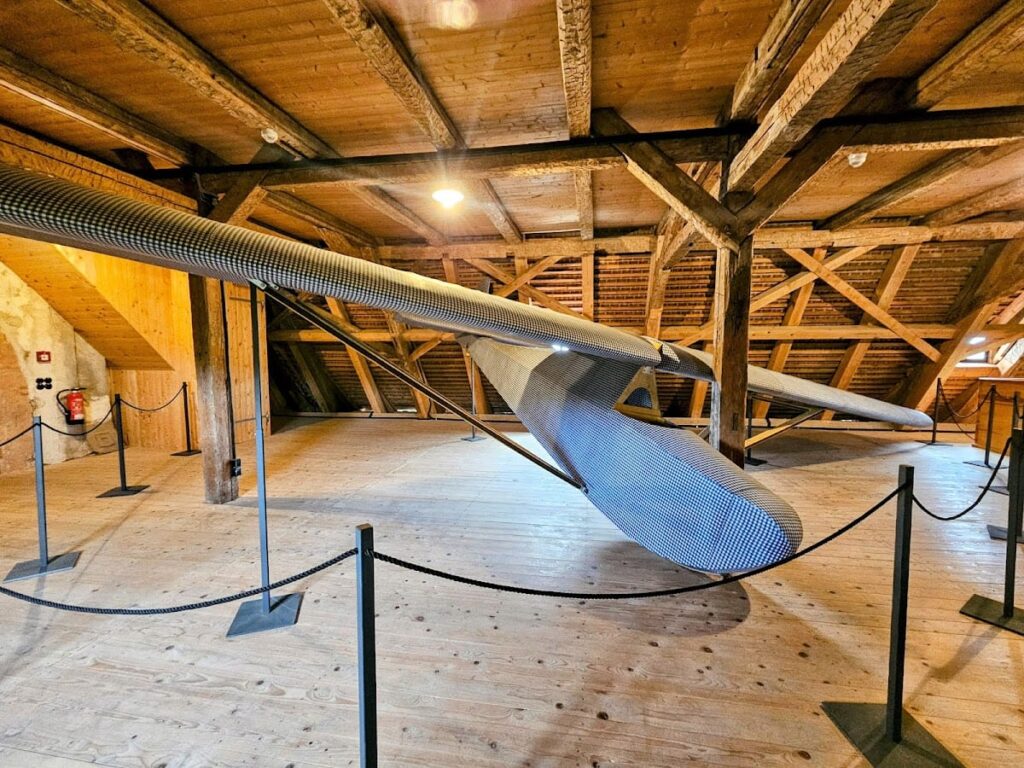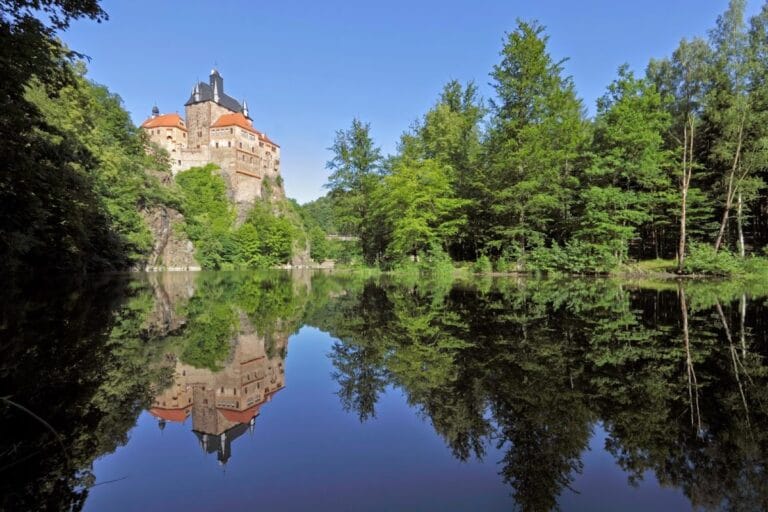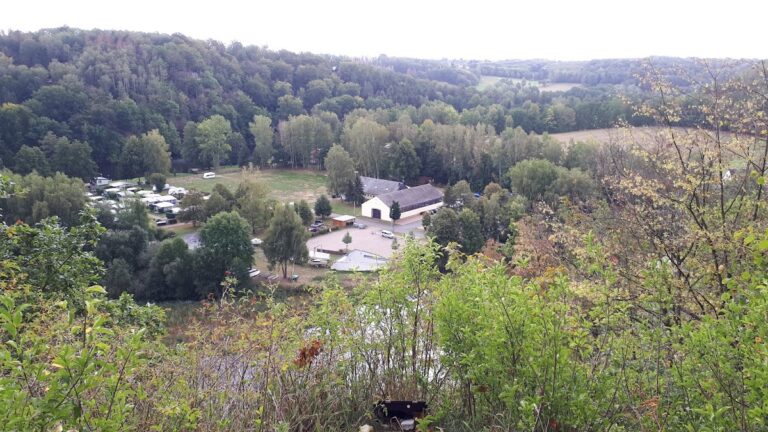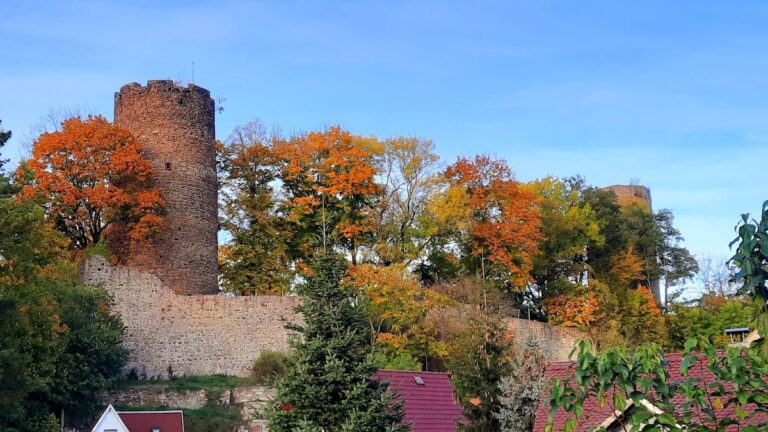Colditz Castle: A Historic Fortress and WWII Prison in Saxony, Germany
Visitor Information
Google Rating: 4.5
Popularity: Medium
Google Maps: View on Google Maps
Official Website: www.schloss-colditz.de
Country: Germany
Civilization: Medieval European
Remains: Military
History
Colditz Castle stands in the town of Colditz, northeastern Saxony, Germany. Its origins trace back to the 11th century when initial construction began. Over the centuries, the fortress underwent several reconstructions and expansions, adapting to changing military and administrative needs.
In the early 20th century, the castle’s role shifted dramatically under the Nazi regime. After 1933, it was first used as a concentration camp for opponents of the regime. By 1938, it served as a psychiatric asylum where patients were subjected to starvation as part of the Nazi euthanasia program.
From 1939 until the end of World War II in 1945, Colditz Castle became Oflag IV-C, a high-security prisoner-of-war camp. It housed Allied officers considered high escape risks or who had previously attempted escapes elsewhere. The first inmates were 140 Polish officers captured during the 1939 invasion of Poland. Later, officers from the United Kingdom, British Commonwealth, the Netherlands, France, Belgium, Yugoslavia, Czechoslovakia, and from August 1944, the United States, were held there.
In May 1943, the camp was reserved exclusively for British, Commonwealth, and American officers, with other nationalities transferred to different camps. Among the prisoners were “Prominente,” high-profile detainees related to important Allied figures, held as hostages or bargaining chips. Notable Prominente included Giles Romilly, Winston Churchill’s nephew, General Tadeusz Bór-Komorowski, leader of the Polish resistance, and relatives of British royalty and military leaders.
The camp was managed by Wehrmacht personnel, mainly older reservists and lower-ranking soldiers unfit for front-line duty. These guards generally treated prisoners according to the 1929 Geneva Convention, with oversight from neutral countries such as the United States and Switzerland. Prisoners enjoyed relative freedoms, including correspondence, receipt of Red Cross parcels, and participation in cultural, educational, and sporting activities.
Colditz became famous for numerous escape attempts. A total of 316 officers took part in 174 attempts, with 35 successful escapes recorded. Escape planning was organized by a committee representing the various national groups. However, conditions worsened in late 1944 and early 1945 due to supply shortages and intensified Allied bombing.
In April 1945, American forces liberated the camp after prisoners seized control and prevented SS troops from executing the Prominente. After the war, East German authorities repurposed the castle as a prison, psychiatric hospital, old people’s home, and storage facility. Veterans later formed associations to preserve the castle’s history. Restoration efforts began in 2006, uncovering many hidden artifacts. Today, Colditz Castle houses a museum and offers guided tours, with its wartime history inspiring books, films, documentaries, and games.
Remains
Colditz Castle is a medieval fortress built on a 46-meter-high hill overlooking the town and the Mulde River. Its outer walls are about two meters thick, and the castle sits atop a cliff with a sheer drop of roughly 75 meters to the river below. This natural feature contributed to its reputation as an escape-proof prison.
The fortress complex includes an inner courtyard and an adjacent park where prisoners were allowed to exercise and hold sporting events. The castle’s attic and basement served as prisoner accommodations and locations for secret activities, including the construction of escape tunnels and a glider.
One notable archaeological feature is the “French tunnel,” an escape tunnel dug by French officers over eight months from May 1941 to January 1942. It was equipped with electric lighting but was discovered by German guards before completion. Parts of this tunnel remain visible today through a glass floor panel in the museum.
Prisoners built a two-person glider in the attic between summer 1944 and April 1945. It was made from over 6,000 handmade parts scavenged from materials within the camp, such as wood and metal from beds, telephone cables, and canvas from mattresses. Although never used, the glider was later reconstructed and is displayed on site.
The castle contained storage rooms and workshops where prisoners produced false identity documents, civilian clothing adapted from military uniforms, and concealed tools for escape. A library stocked with books from the Germans, the Red Cross, and Penguin Books supported educational and cultural activities.
Hidden radios assembled from smuggled parts were concealed in the attic. One was discovered during the war, while another remained hidden until 1992. The castle grounds also included spaces for theatrical performances, music ensembles, and sports such as football, volleyball, rugby, hockey, cricket, boxing, and chess.
The former staff quarters have been converted into a youth hostel. Preservation efforts have restored many features, including the escape tunnel and glider replicas, highlighting the castle’s complex wartime history and architectural character.
